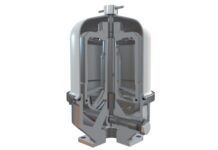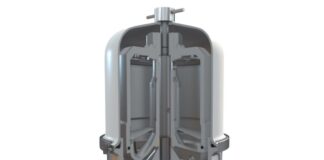
Creating a positive employee experience is now a top priority for those human resources (HR) departments looking to attract, and retain, talent. Advances in technology now let companies provide customized, engaging experiences that help support employees from recruitment all the way through to retirement. Implementing the right technologies then can lead to higher productivity, satisfaction, and, ultimately, retention rates.
Streamlining Onboarding with Digital Tools
The onboarding process largely shapes new hires’ first impressions of the organization. Traditional paper-based onboarding more often than not resulted in overwhelmed employees and repetitive administrative tasks for HR staff. Digital solutions help automate and simplify workflows, which lets HR teams focus on more strategic initiatives. Indeed, according to the experts over at VertiSource HR, many human resource information systems (HRIS) now incorporate self-service onboarding features for tasks like submitting paperwork online, getting up to speed on policies and procedures, and connecting with team members before the first day. Other technologies, like virtual reality, can provide immersive onboarding experiences to help acclimate new hires. These tools save managers’ time while getting employees productive faster.
Boosting Engagement through Workforce Analytics

Understanding what motivates and engages employees at different career stages is really important for retaining talent. Workforce analytics tools help to aggregate and analyze HR data, at the same time providing insights to guide decisions around things like professional development, benefits packages, incentives, and growth opportunities tailored to the needs of multigenerational workforces. For example, analytics may show younger employees value career advancement and skill-building, while employees approaching retirement prefer financial planning resources. This data enables leaders to change programs to foster engagement, productivity, and loyalty across all demographic groups. Basically, integrated HRIS systems make it easy to capture and leverage analytics.
Promoting Collaboration via Social Platforms
Internal social media platforms foster connection, collaboration, and knowledge sharing, which are all factors in employee satisfaction. Mimicking popular social networks, these tools feature employee profiles, groups based on interests or roles, private messaging, discussion forums, and options to post multimedia content. Users can also seek out advice from colleagues, take part in mentoring programs, and congratulate successes among peers. Social collaboration helps to remove physical barriers between teammates across multiple locations; it offers a more approachable style of engagement than traditional top-down communications. It also facilitates identifying subject matter experts within the organization. Leading HRIS providers now integrate social functionality as engagement hubs that unite all employees.
Empowering Performance Management

The way employees are evaluated and coached is transforming from an isolated, once-a-year event into an agile process. Cloud-based performance management software centralizes goal setting, check-ins, feedback collection from multiple parties, development planning, and reviews. Built-in analytics help managers make fair compensation decisions based on performance data rather than subjective assessment. Features like continuous performance tracking and anonymized peer feedback foster transparent communication and early identification of struggling employees for intervention. Many systems also recommend personalized learning activities that align individual growth with organizational objectives. This modern approach to performance management increases accountability and opportunities for advancement.
Conclusion
As technology infiltrates nearly every aspect of HR operations, the possibilities for improving employee satisfaction multiply. Automating administrative and analytical tasks allows HR teams to think more strategically about strengthening company culture, engagement initiatives, and the entire employee lifecycle journey.
While replacing humans is not the intent, capitalizing on data and tools can unlock HR’s capacity to serve as effective strategists and coaches. When talented people feel valued throughout their tenure at an organization, it directly impacts a company’s bottom line by reducing turnover costs while boosting productivity. The workforce experience dictates not only how well employees perform in the present, but the degree to which they become brand ambassadors sharing career-long affinity for an employer.








